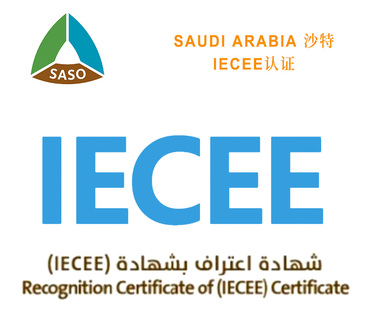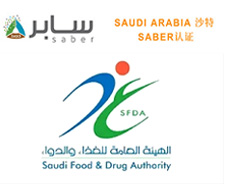News
What are the processes required for Bluetooth CE-RED certification? RED certification is one of the mandatory CE certification modes for wireless products in EU countries. As long as the product has wireless transmission frequency, such as wireless speakers, wireless doorbells, headphones, Bluetooth devices, WIFI devices, alarm devices, wireless phones, and transmission equipment computers, they all need to apply for RED certification.
What exactly is RED? Everyone knows CE, and RED is a directive in CE certification. Any wireless product entering the EU market must undergo RED certification, which is more complex than ordinary products. Ordinary CE only has two reports, LVD and EMC, while wireless device products have four reports for CE certification. The process of applying for RED varies depending on the product frequency band and classification. For low-frequency wireless products, we usually refer to frequencies such as 49MHz, 40MHz, 33MHz, 315MHz, 88-108MHz, 35MHz, etc. These frequencies are used differently in different countries. For wireless products, we usually encounter product applications such as FCC and RED
Bluetooth CE-RED certification process: The customer provides complete test samples and accessories, and submits them to our Sage company. The customer provides a complete technical material circuit diagram, BOM, product certificate, etc., and the document should be in English. The Sage laboratory will test the product and issue a report; Provide CE-RED certification reports for laboratory audit data. If you encounter any difficulties in obtaining CE-RED certification for wireless products, you can contact us for assistance. Our specialist will provide one-on-one service to you with over ten years of industry experience, providing you with more convenient and high-quality services.
HOT services
RELATED NEWS
-
+ Market demand for electrical certification SASO in Middle Eastern countries.
2024-03-06
-
+ The CE certification standards and process steps for European regulations.
2024-03-06
-
+ Application Guidelines for SASO Saudi Arabian Certification
2024-03-06
-
+ Preparation of ROHS certified environmental directive compliance documents - Material requirements:
2024-03-06
-
+ The EU General Product Safety Regulations have officially come into effect
2024-03-06
-
+ Recent significant regulatory updates from TEC and BIS in India
2024-03-06
-
 Tel
TelHotline
+86 400-826-3320
-
 WhatsApp
WhatsAppWhatsApp
+86-15355373320-penny
+86-13362995501-laura
-
Skype
-
 E-mail
E-mail -














